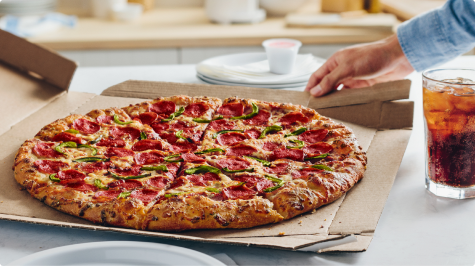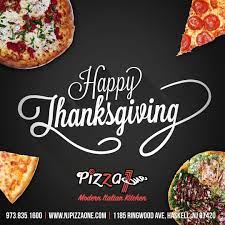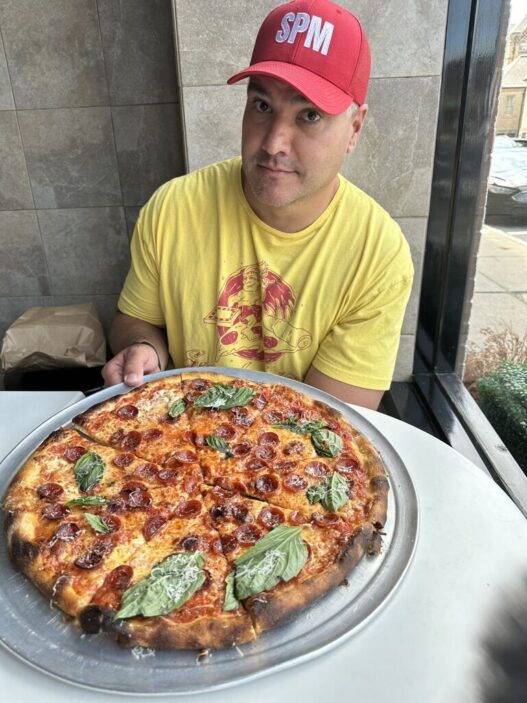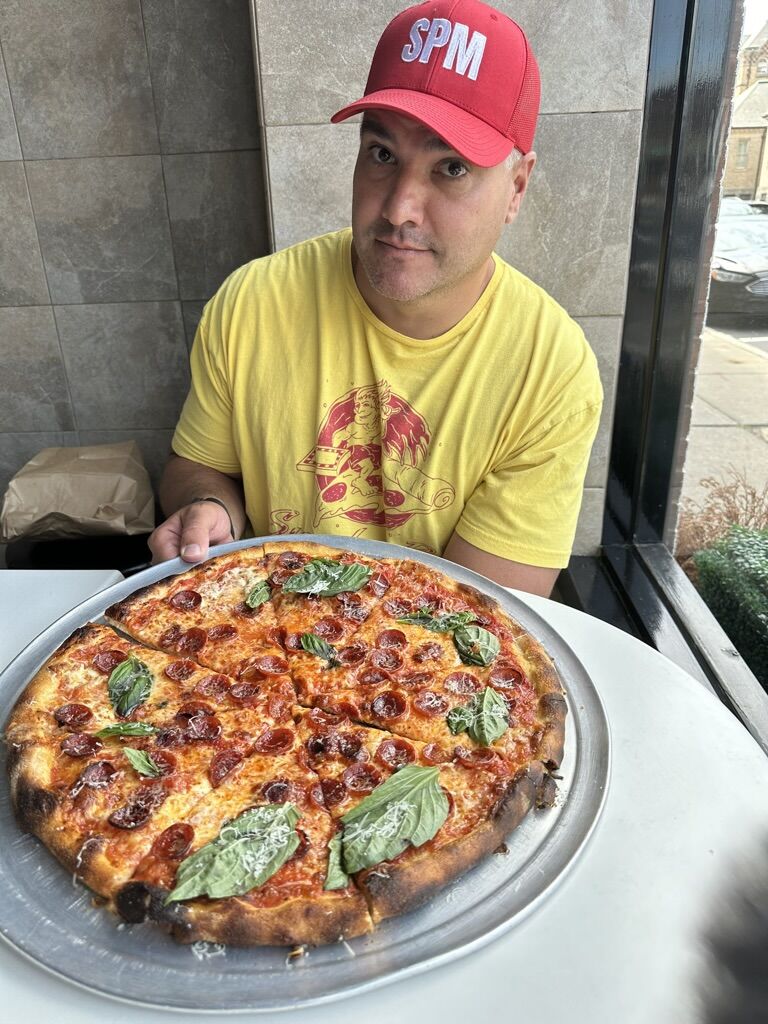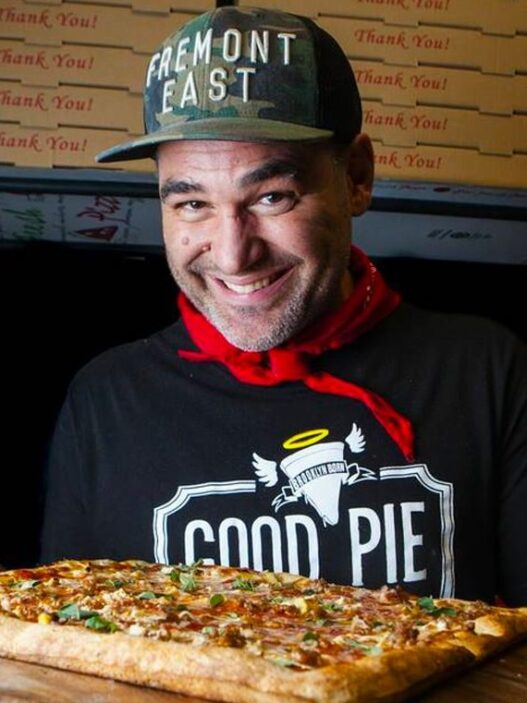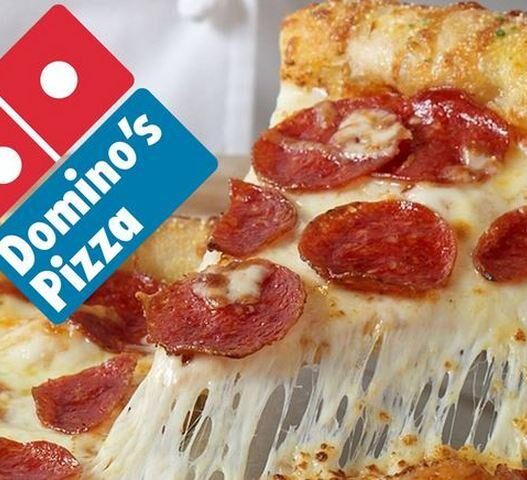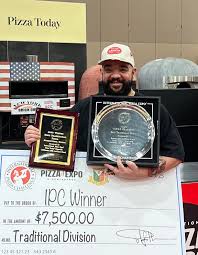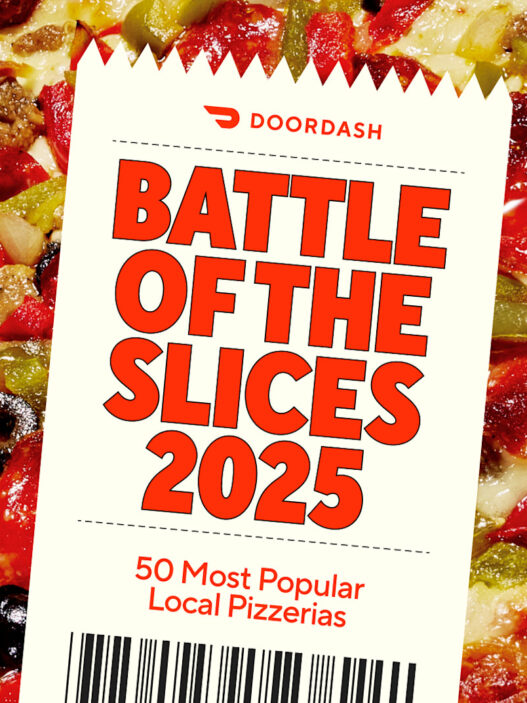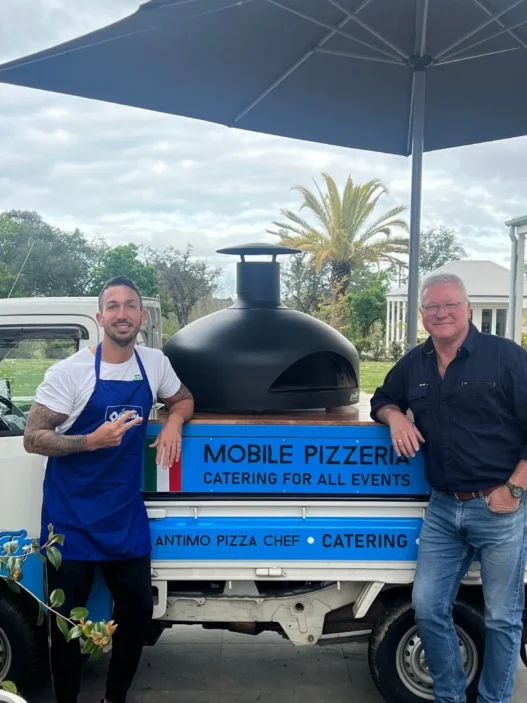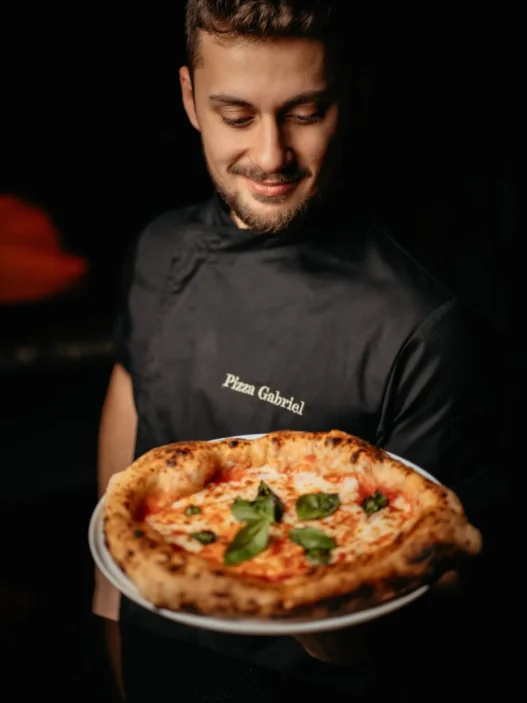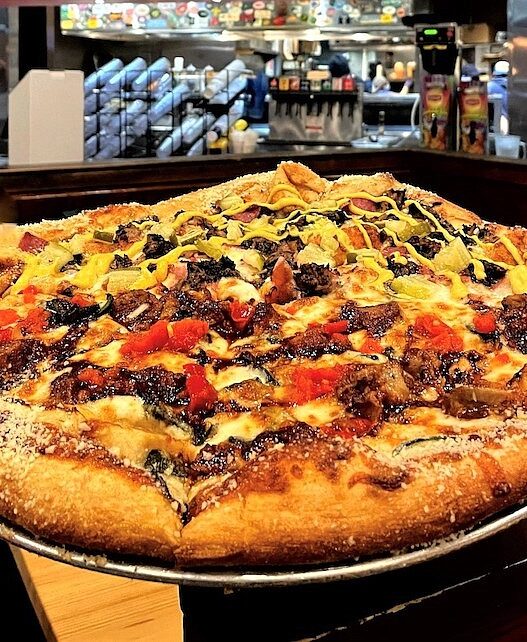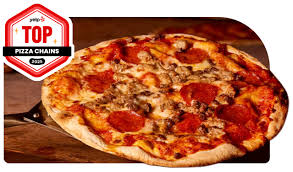In the world of pizza, marketing often gets confused with noise loud, flashy posts that may get attention but fail to convert it into loyal customers. Bruce, founder of Smart Pizza Marketing, has spent years helping pizzerias cut through the clutter, proving that intentional, consistent marketing not gimmicks is what drives real growth. From TikTok trends to old-school outreach, Bruce shares the strategies, mistakes, and insights that every pizza entrepreneur needs to know in 2025.
1. Bruce, you’ve said most pizzerias confuse “marketing” with making noise. What’s the difference?
Marketing is getting customers. Text marketing, email, social posts that are consistent. A lot of people just post to Instagram with no real intention. They do a silly dance or check a box thinking that’s marketing. Real marketing is posting with intention, with a clear outcome in mind.
2. If you were dropped into a failing pizzeria with $1,000 and one week—what exact steps would you take to save it?
Honestly, I don’t think you can save a failing pizzeria with $1,000. You’d have to look at why it’s failing: food, systems, money, marketing. If everything else is solid but people just don’t know about it, then I’d spend $1,000 on TikTok ads and content.
3. What’s the #1 cringe-worthy mistake you see pizza shops post on social media?
Owners trying to be funny when they’re not funny. Be who you are. If you’re funny, great, lean into comedy. If not, don’t force it.
4. You’ve been preaching “consistency beats creativity.” Can you explain that mantra for pizza shops struggling with content?
The more you do something, the better you get. Posting consistently gives you data, builds habits, and improves your content. That’s why I push the 30-day challenge. By day 30, you’re already better than you were on day 1.
5. A lot of owners think TikTok’s not for them. How do you convince an old-school operator that it will actually drive customers?
I don’t try to convince them. I point to shops crushing it on TikTok, but old-school owners usually resist if you push. I just share examples and let them decide.
6. You often talk about “culture > checklists.” How have you seen culture make or break a restaurant brand?
Culture is huge. People want to feel purpose and clarity in their job. If they’re paid fairly, treated well, and know what a good outcome looks like, they’ll show up happy. If not, the culture falls apart.
7. You host hundreds of pizza entrepreneurs on your podcast. What’s one marketing idea you stole and started using yourself?
Recently, Juan talked about using Metaglasses to record training. I bought a pair myself, not for training but for content creation. That idea stuck with me.
8. Between email, IG, TikTok, YouTube, and SMS—if a shop could only pick ONE marketing channel in 2025, what should it be and why?
TikTok. It has the best discoverability right now. You can reach hundreds of thousands with no following. YouTube also has discoverability, but it’s harder and takes longer. Email and SMS are powerful but take time to build.
9. What’s the weirdest direct message you’ve ever received from a pizza operator asking for help?
Not weird, but common. People DM asking to hop on a call for 20 or 30 minutes to pick my brain. I get 1 or 2 of those daily. I wish I could do them all, but if I did, I’d never have time for podcasts and videos that help more people at once.
10. You’ve said retention matters more than acquisition. What’s one underrated way pizza shops can keep customers coming back?
Do a good job. Deliver on your promise. High-quality product, good service, then follow up. A quick text or email asking “How was everything?” goes a long way.
11. If a shop wanted to grow by 50 orders a day—what would you tell them to fix first: social media, menu, or in-store experience?
First, reset expectations. 50 orders is a lot. Start with 5 or 10. Then focus on email. If they already have a list, email drives orders faster than social. Menu or in-store only matter if they’re broken.
12. What do you say to pizzerias who claim ‘We can’t afford marketing’?
Marketing is part of the job. Saying you can’t afford marketing is like stopping your watch to save time. It doesn’t work.
13. What restaurant completely surprised you with how well they’re crushing marketing right now?
Tony Boloney’s. They’ve always been ahead of the curve and continue to do a great job.
14. You’ve been in pizza marketing since before TikTok trends and AI. What’s one old-school tactic that STILL works wonders?
Calling local businesses and offering to drop off food. It’s a great way to introduce yourself and open the door for catering or lunch business.
15. Tell us about your partnership with Slice?
I’ve been creating content for pizza shops for years, and I’ve known Aaliyah, the founder and CEO of Slice, for a long time. Every time someone had an issue with Slice, I’d message him directly — and he always responded. Genuinely. That’s something I’ve always admired about him.
He’s always been focused on building products that actually help pizza shops — not just another tech company trying to profit off them. Slice is building tools specifically for pizzerias: a POS system built for how pizza shops actually run, a service where real people answer the phones for you, even cheaper pizza boxes.
So when they were looking for someone to help build and grow the pizza community, it just made sense. That’s what I’ve always done — and with the resources Slice has, we can take it to another level: more videos, more stories, more shows like Pizza Insider on YouTube.
To me, this partnership makes sense because Slice isn’t just another third-party ordering app. It’s a platform that helps pizzerias run more efficiently and profitably. You still own your customers, your data, your brand — Slice just gives you the tools to do it better.
That’s why I decided to partner with them. Because I believe in what they’re trying to build for independent pizzerias.
16. You spend your life helping pizzerias grow. If you ever opened your own pizza shop, how would you market it differently?
I wouldn’t. I’d just follow the same playbook I give others: TikTok, YouTube, email, text, small menu, small footprint, and consistent execution.
17. The restaurant world is overwhelmed with new tech. If you had to bet on ONE tool that’s the future of pizza marketing what is it?
Your phone.
18. What’s your favorite pizza style, and do you think marketing changes depending on what type of pizza you sell?
Marketing doesn’t change by style. Platforms and tactics stay the same. Personally, I love all styles, but New York is my go-to. It’s pizza you can eat all the time.
19. If Smart Pizza Marketing didn’t exist tomorrow, what’s the one legacy lesson you hope the pizza industry remembers from you?
Do what you actually enjoy doing. I started Smart Pizza Marketing because I loved it. Life’s too short to do things you hate. Don’t keep menu items you dislike. Don’t open on days you don’t want to. Do what you love, and try to be the best at it.
20. And the fun one to close—if marketing were a type of pizza, what style would it be and why? 🍕📲
New York-style, because it has to be all things to all people, all the time.
In a world full of flashy TikTok dances and gimmicky posts, Bruce reminds pizza entrepreneurs that marketing is not about being loud, it’s about being deliberate, consistent, and true to your brand. From retention strategies to cultural impact, these insights are a blueprint for pizzerias that want to thrive, not just survive. Whether you’re flipping pies or posting online, the lesson is clear: do it with purpose, and the customers will follow.




